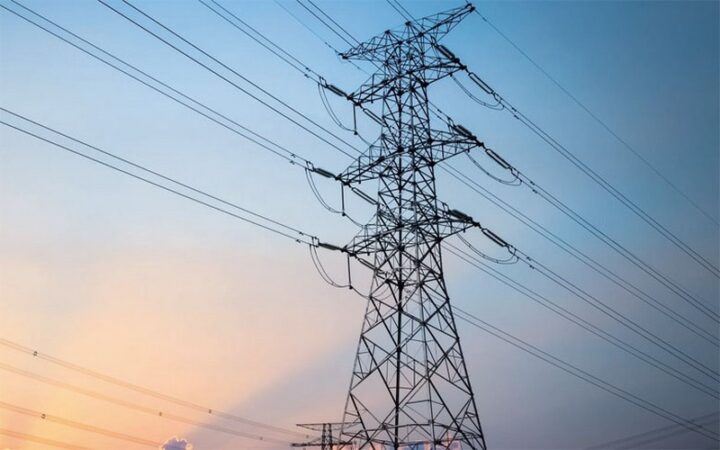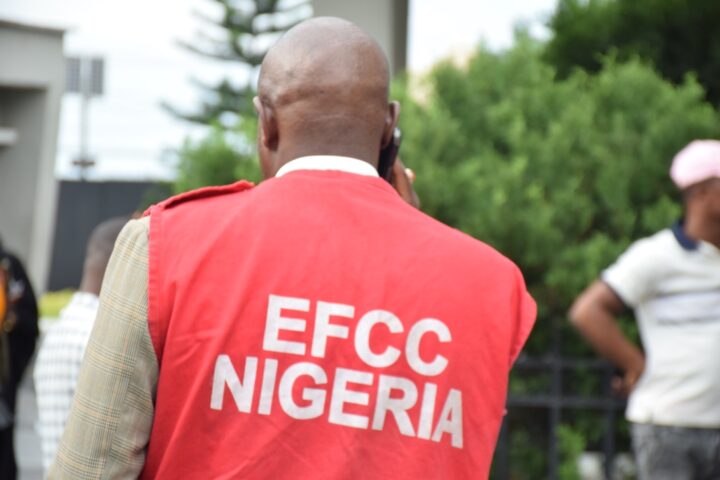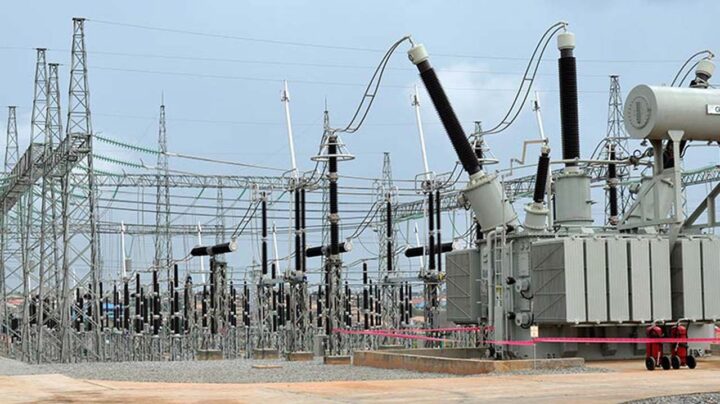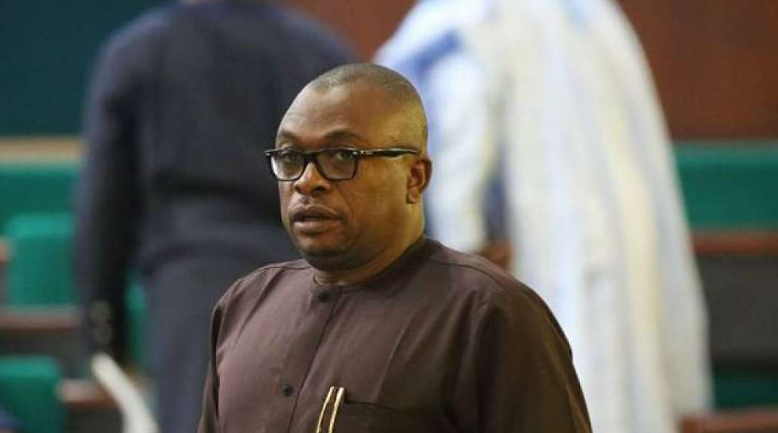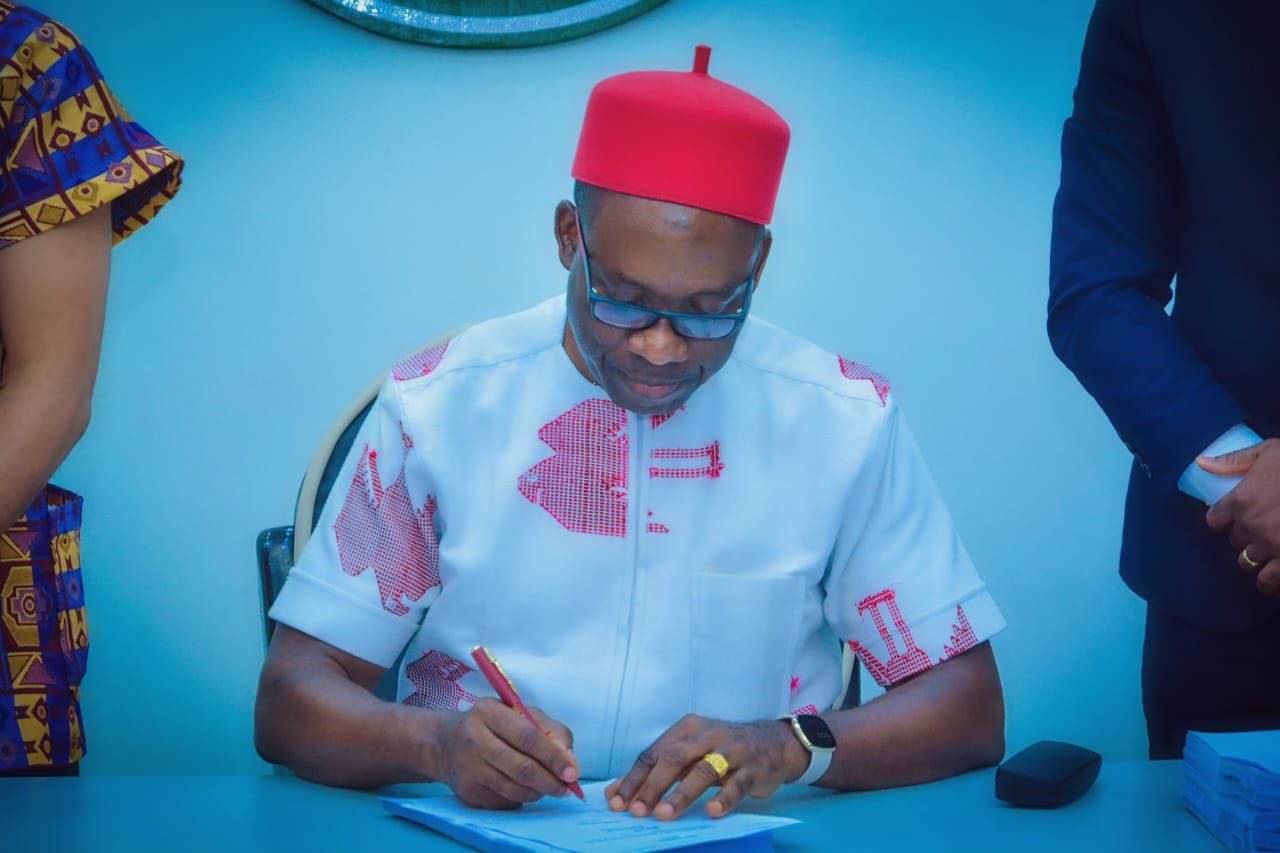Quite sad (but not surprising) that it’s the ‘freezer’ comment that’s totally dominated the headlines from yesterday’s electricity press briefing. There was a lot more that was said, that’s useful to know, as background and basis for conversation and debate.
If you want to know what else HM Bayo Adelabu said, I took some notes – the comments below are attributable to him (and to the NERC vice-chair, who also spoke).
[The important background to all this is that for now it’s ONLY Band A consumers who are affected by the 3-fold tariff increase rolled out this week. There are 5 tariff bands in all, A to E. Band A are the ones guaranteed a minimum of 20 hours of supply per day]
1. Prior to tariff change, the federal government was subsidising 67% of the total cost of generating, transmitting, and distributing electricity in Nigeria.
Advertisement
Nigerian Electricity Regulatory Commission vice-chair added: “If you isolate generation, that 67% figure rises considerably. For example, in January 2024, the total power generation invoice issued to DisCos was 240 billion naira , but the DisCos were asked to pay only 24 billion of this = 10%, which means 90% of the generation cost was being borne by FGN, as a subsidy.
2. Total estimated electricity subsidy cost (on FGN) for 2024, without tariff adjustment: ~2.9 trillion naira (~240 billion per month)
3. Total estimated subsidy cost for 2024, after tariff adjustment: ~1.4 trillion naira (~113 billion per month)
Advertisement
4. The tariff increase has also been accompanied by a reduction in the number of Band A “feeders” — i.e. feeders guaranteed to supply a minimum of 20 hours per day — across the country. There were previously over 1,000 Band A feeders; now, only 481 are classified as Band A.
5. There are about 12 million electricity “customers” in Nigeria (please try and understand this carefully before jumping to make comments. It doesn’t mean 12 million ‘people’, it means 12m ‘meter-able’ consumption points, e.g households, businesses, etc).
6. Band A accounts for = 15% of the 12 million electricity customers = approx 1.8m. The remaining >10m customers will continue to enjoy government subsidies on electricity consumption.
(Related to this, I’ve seen data elsewhere that suggests that 70% of the revenues collected in 2023 came from Band A – worth confirming that figure).
7. Of the 12 million customers, only a little over 5 million are currently metered. Which means a metering gap of over 6 million.
Advertisement
8. The subsidised pricing regime will continue in the short term, with a “transition plan” to attain full “cost-reflective” pricing over the next 3 years.
9. The restricting of the tariff increase to Band A is meant to serve as a “proof of concept”; i.e. kicking off with a Band that has the “capacity and willingness” to pay for 20 to 24 hours of daily supply.
10. The pricing change will help address some of the liquidity issues in the industry; restore a “line of sight” for recovery of investment, and make it more “bankable”.
11. There is a huge infrastructure deficit in the power sector; obsolete equipment at all levels (this is where the minister cited the example of some equipment still carrying ECN branding; ECN has been defunct for more than 50 years now)—and vandalisation of everything from gas pipelines to grid towers, etc.
Advertisement
12. If DisCos supply less than 20 hours to Band A consumers, there must be sanctions and consequences. “We will not shy away from our responsibilities…”
(On this note, NERC vice-chair added that under the old Power Sector Reform Act, the powers of NERC to sanction were limited, and fines for DisCos were outdated (he cited fines as low as N10,000 per day). But with the new Act signed by PBAT—see No. 15 below—NERC now has expanded regulatory and sanctions powers. Vice Chair cited example of 2018 when NERC suspended IBEDC Board, and Board went to Court and got the suspension set aside, vs 2024 when NERC was able to successfully dissolve the Board of KEDC).
Advertisement
13. The new tariff regime for Band A means there’s now an incentive for DisCos to work to migrate other Bands to Band A, so that they can supply them Band A threshold, and charge Band A tariffs.
14. Energy consumption management by consumers has to become a priority. This is where the ‘freezer’ example (that has gone viral) was cited. Yeah, def not the best example to use, as we’ve seen from the distracting fallout, but the larger point about more responsible usage stands.
Advertisement
15. Minister mentioned ongoing efforts to improve electricity supply:
—The new Electricity Act signed by PBAT (which repealed the Electric Power Sector Reform Act of 2005) has now fully decentralised the sector, and empowers subnational governments for regulation and licensing.
—Renewable energy investments, led by REA
—New power plants like recently-completed Zungeru Hydropower (700MW)
—Investments in new lines, new injection substations, new transformers
—Closing the metering gap.
—Communications and advocacy
Advertisement
16. “The journey of a thousand miles stand with a single step, in the right direction. This one is in the right direction.” — Bayo Adelabu.
Ogunlesi is a policy communication expert and former special assistant on digital communication to President Muhammadu Buhari.
Views expressed by contributors are strictly personal and not of TheCable.
Add a comment

